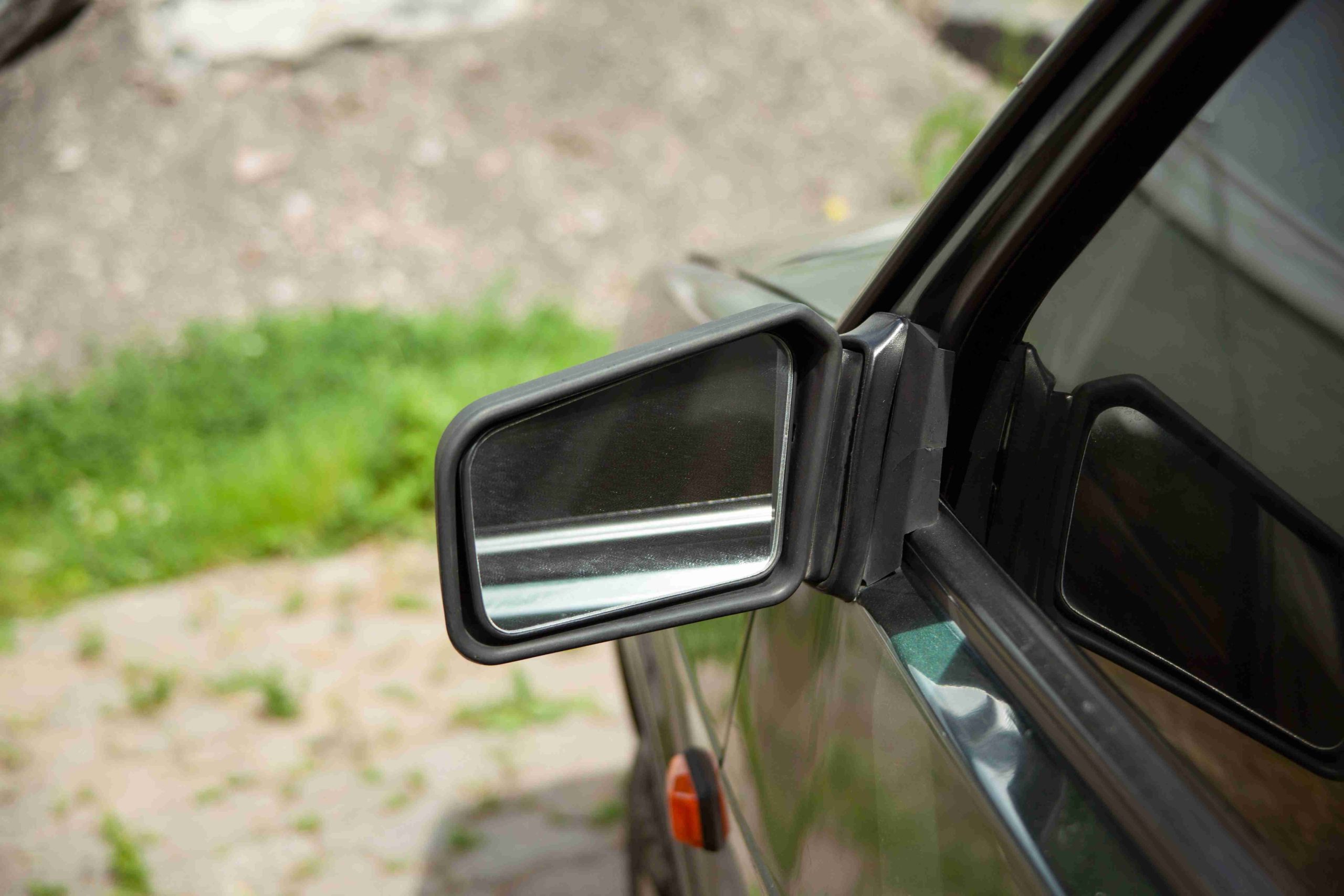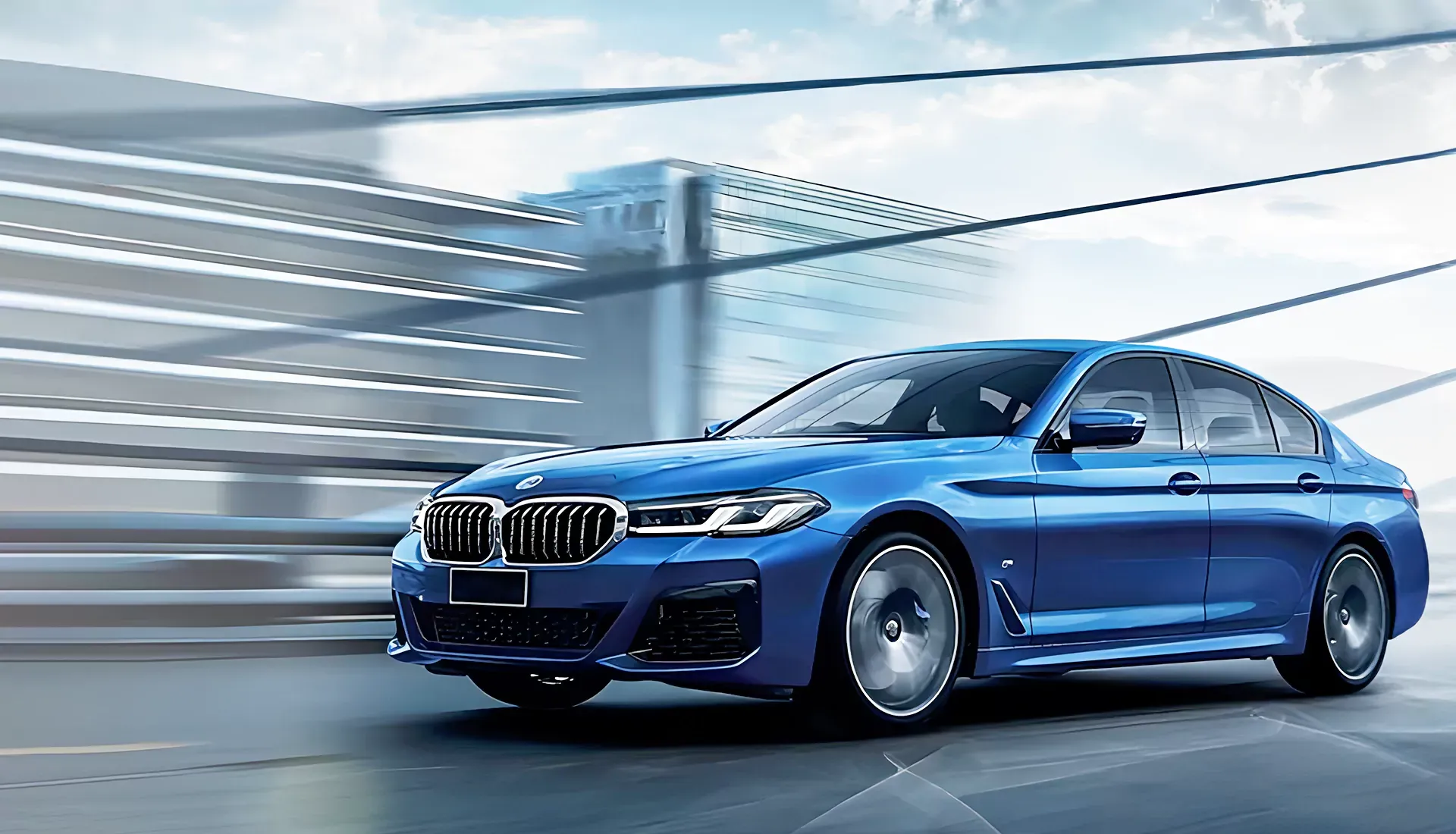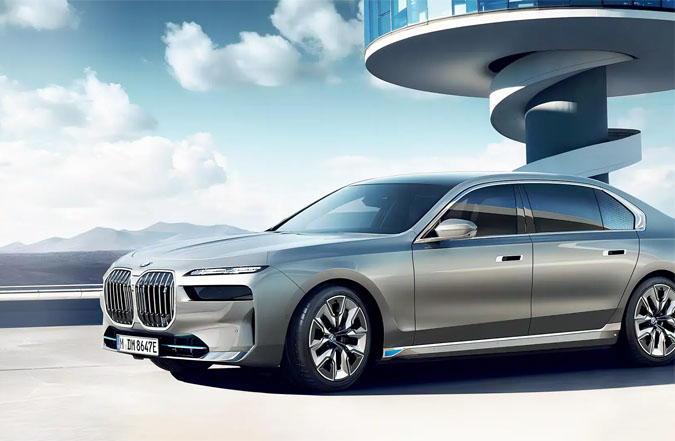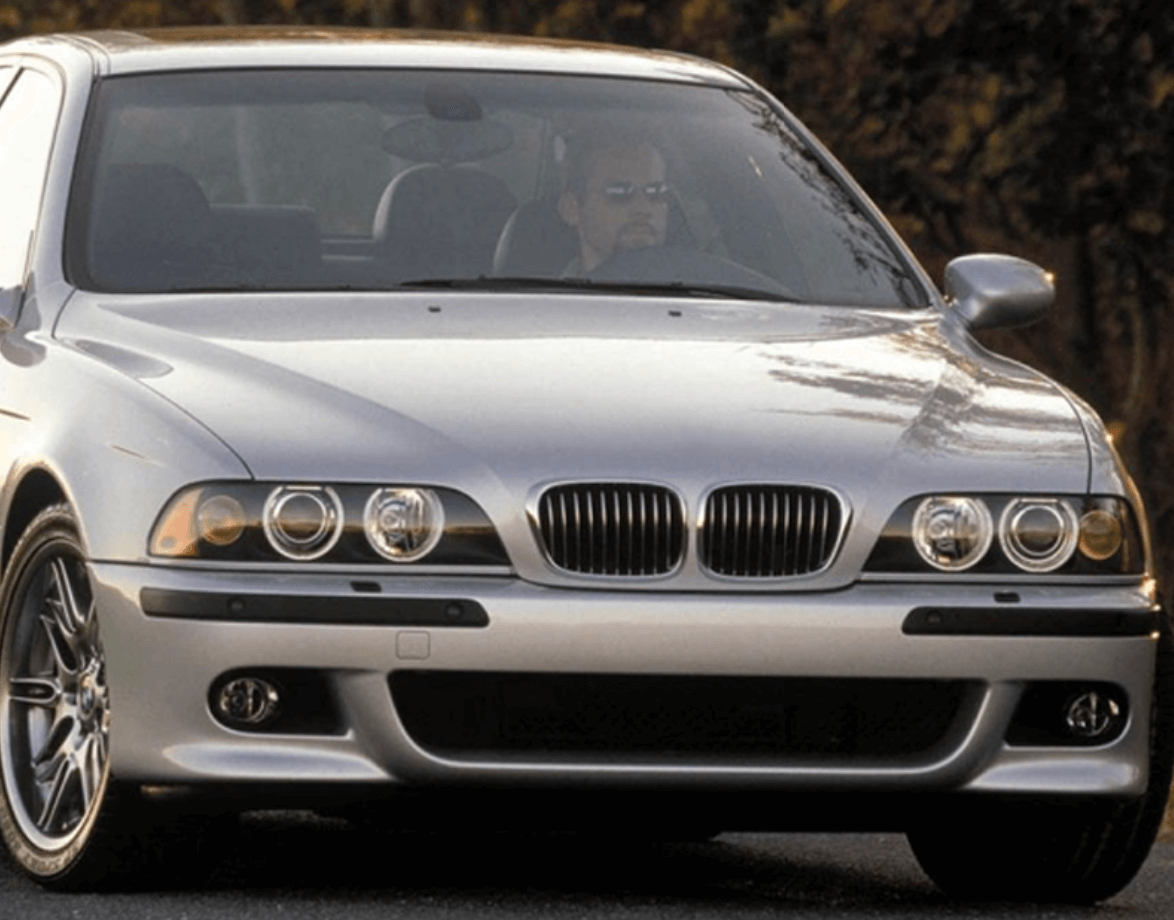Revving engines, sleek curves, and cutting-edge technology—the world of automotive design is a thrilling blend of form and function. And when it comes to crafting the perfect vehicle, every detail matters. From the powerful engine under the hood to the luxurious interior, each element plays a vital role in creating an unforgettable driving experience.
In this blog post, we’ll dive into one often overlooked yet essential component: BMW fenders. These seemingly small parts have a big impact on both aesthetics and performance. So buckle up as we explore how BMW fenders contribute to the overall design of these iconic vehicles! Whether you’re a car enthusiast or simply curious about what goes into creating a luxury automobile, this article will give you insights that will make your head spin . Let’s get started!

Understanding the Importance of Fenders in Vehicle Design
When envisioning a car, most people tend to focus on the flashy exterior, the sleek lines, and the dazzling paint job. But there’s more to it than meets the eye! Behind those captivating aesthetics lies a complex web of components working together harmoniously. And one such component that plays a crucial role in vehicle design is none other than the fender.
Fenders serve as protective shields for your beloved BMW. They shield your tires from road debris and prevent splashes of water or mud from reaching your car’s bodywork. But their significance extends far beyond mere protection. Fenders also contribute heavily to aerodynamics—streamlining airflow around the wheels, reducing drag, and enhancing fuel efficiency.
Moreover, fenders are integral in defining the overall look and feel of a vehicle. The shape and contours of BMW fenders can make or break its visual appeal, lending an air of elegance or aggression depending on design choices.
In addition to their functional aspects, fenders play an essential role in maintaining balance and stability while driving at high speeds. By providing extra grip on corners and curves, they enhance performance and ensure safer handling.
So next time you gaze upon a stunning BMW zipping past you on the street, take a moment to appreciate those meticulously crafted fenders that not only protect but also elevate both form and function!
How BMW Fenders Contribute to Aesthetics and Performance
When it comes to vehicle design, every element plays a crucial role in achieving both aesthetics and performance. One such component that greatly contributes to the overall look and functionality of BMW vehicles is the fender. While often overlooked by the average driver, BMW fenders are actually an integral part of the design process.
In terms of aesthetics, BMW fenders enhance the visual appeal of their vehicles. The sleek curves and lines of these fenders not only add a touch of elegance but also help define the car’s character. Whether it’s a sporty coupe or a luxurious sedan, BMW ensures that their fenders seamlessly blend with the rest of the bodywork, creating a harmonious and visually appealing appearance.
But it’s not just about looks – BMW fenders also play a significant role in performance. These components are designed to protect vital parts of the vehicle from road debris, dirt, water splashes, and other external elements that could potentially cause damage or affect performance. By providing effective coverage for wheels and tires, BMW fenders help maintain optimal aerodynamics while reducing drag for improved fuel efficiency.
Furthermore, BMW incorporates advanced materials like aluminum or carbon fiber into their fender construction. These lightweight yet durable materials not only contribute to better fuel economy but also ensure strength and resilience against various environmental factors such as extreme temperatures or corrosion.
To keep your BMW fenders looking good and performing at their best, regular maintenance is essential. Washing your vehicle regularly will remove dirt buildup on the surface while inspecting for any signs of damage such as dents or scratches can prevent further issues down the line. Additionally, applying wax or protective coatings can help preserve paint finish on your vehicle’s exterior including its beautiful set of fenders.
Materials Used in BMW Fender Construction
When it comes to BMW fender construction, the materials used are crucial in ensuring both durability and performance. BMW takes great care in selecting high-quality materials that not only enhance the aesthetics of their vehicles but also provide the necessary strength and protection.
One commonly used material for BMW fenders is steel. Steel offers excellent strength and structural integrity, making it ideal for withstanding impacts and protecting vital components of the vehicle. The use of advanced steel alloys allows for lighter weight without compromising on safety.
Another material often utilized by BMW in fender construction is aluminum. Aluminum provides a lightweight alternative to steel while maintaining robustness and resistance to corrosion. This helps improve fuel efficiency without sacrificing stability or safety.
In recent years, carbon fiber has gained popularity in automotive design due to its exceptional strength-to-weight ratio. Carbon fiber-reinforced polymer composites are used in some high-performance models to reduce weight while increasing rigidity and enhancing aerodynamics.
BMW also incorporates plastic composite materials into their fender designs, such as thermoplastic olefin . These materials offer flexibility, impact resistance, and ease of molding during manufacturing processes.
By carefully selecting these innovative materials, BMW can create fenders that not only contribute to the overall visual appeal of their vehicles but also ensure optimal performance on the road. The choice of materials plays a significant role in achieving a balance between form and function in automotive design – an area where BMW excels!

Maintenance and Repair Tips for BMW Fenders
Proper maintenance of your BMW fenders is essential to keep them looking and performing their best. Here are some tips to help you take care of these crucial components:
Regular Cleaning: Dirt, grime, and road salt can accumulate on your fenders over time, potentially leading to corrosion. To prevent this, make sure to clean your fenders regularly using a mild soap or automotive cleaner. Be sure to rinse thoroughly and dry completely after cleaning.
Check for Damage: Regularly inspect your fenders for any signs of damage such as dents, scratches, or cracks. Small damages can often be repaired with touch-up paint or filler products specifically designed for automotive use.
Address Paint Chips Promptly: If you notice any chips in the paint on your fender, it’s important to address them promptly. Left untreated, these chips can lead to rusting and further damage. Use touch-up paint that matches the color of your vehicle to cover up the chip and protect against corrosion.
Protective Coating: Consider applying a protective coating or wax specifically formulated for automotive surfaces onto your fenders. This will provide an additional layer of protection against environmental elements such as UV rays, bird droppings, and tree sap.
Avoid Harsh Chemicals: When cleaning or treating your BMW fenders, avoid using harsh chemicals such as bleach or abrasive cleaners that could cause damage or discoloration. Stick to gentle products that are safe for automotive finishes.
By following these maintenance tips, you can help extend the lifespan of your BMW fenders while keeping them looking sleek and stylish on the road ahead.
Conclusion: The Impact of BMW Fenders on Overall Vehicle Design
Throughout this article, we have explored the vital role that BMW fenders play in both the form and function of vehicle design. These seemingly small components have a significant impact on the aesthetics and performance of a BMW.
From an aesthetic perspective, BMW fenders contribute to the overall look and feel of the vehicle. Their sleek contours and precise lines enhance the car’s visual appeal, giving it a distinct and captivating presence on the road. Whether you opt for a classic design or a more aggressive stance, BMW fenders help define your car’s personality.
However, their importance goes beyond appearances alone. The shape and construction of BMW fenders are carefully engineered to optimize aerodynamics, which directly affects performance. By effectively managing airflow around the wheels, these fenders reduce drag and improve stability at higher speeds. This not only enhances fuel efficiency but also provides better handling characteristics.
When it comes to materials used in BMW fender construction, durability is key. High-quality materials such as aluminum or carbon fiber reinforced plastic ensure that these components can withstand various environmental factors while maintaining their structural integrity over time. Additionally, advanced manufacturing techniques allow for lightweight yet sturdy designs that further enhance performance without compromising safety.
















